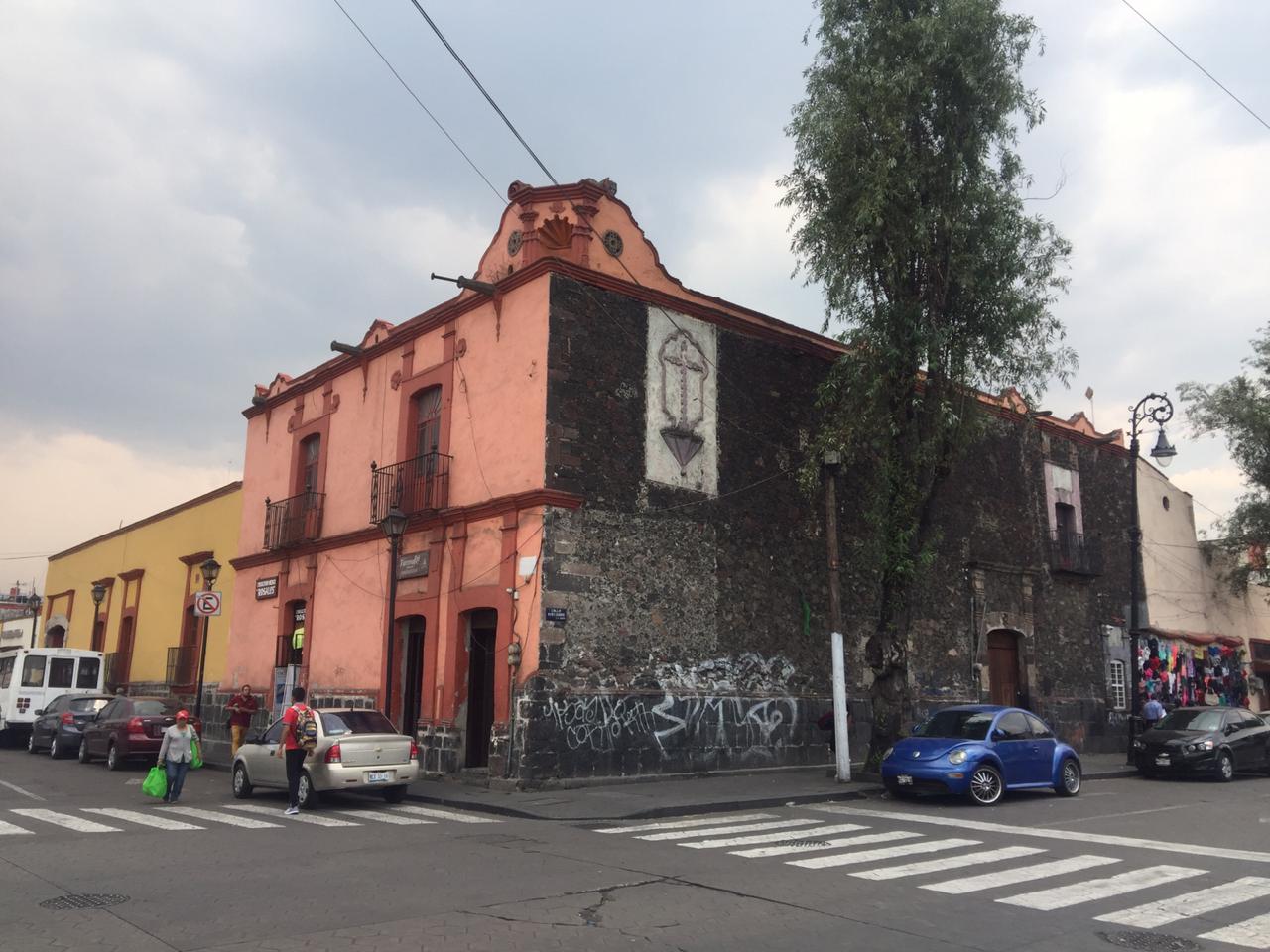
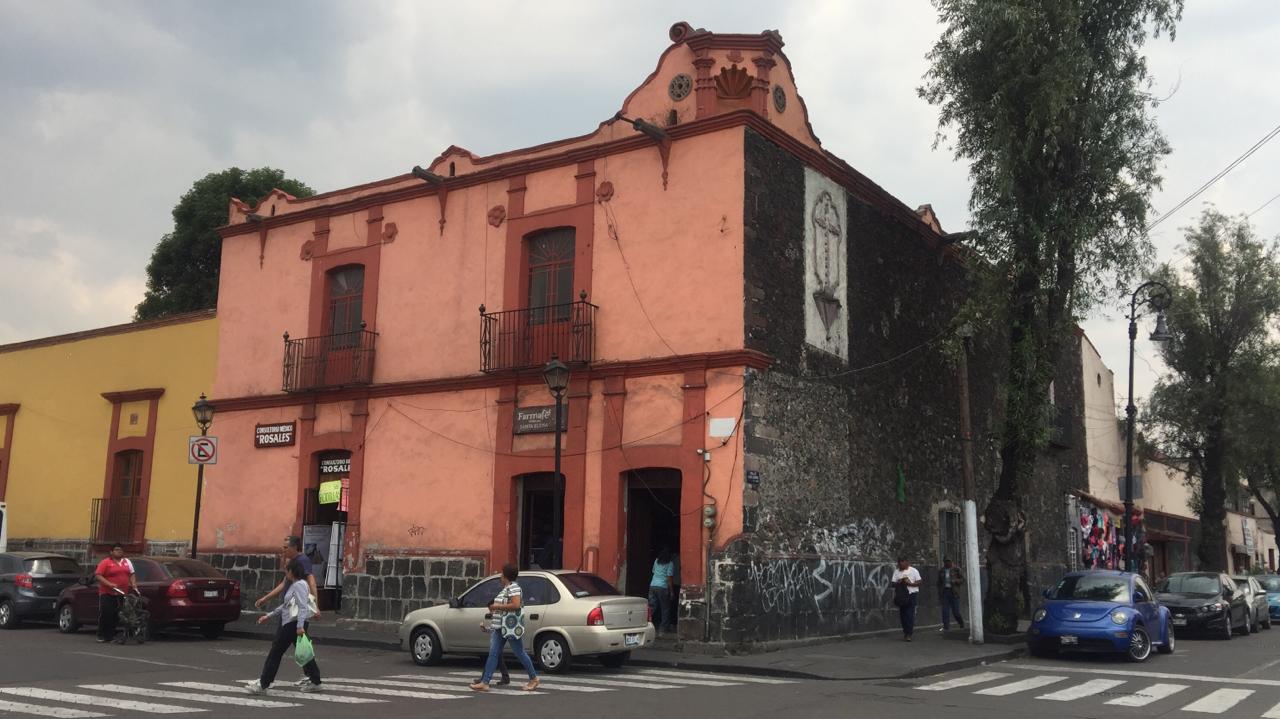
Fotografías: YoelResidente Attribution-Share Alike 4.0 International
La Casa Amaya es una de las casas particulares más antiguas de Ciudad de México. Justo en la esquina de la Plaza Central de Xochimilco, ofrece un breve y profundo viaje a la historia temprana de toda la zona.
Fundada alrededor de 1553, la casa ha sido conocida durante mucho tiempo como la “Casa del Cacique Apochquiyahuatzin”. Hoy en día no usamos ese nombre porque la palabra “cacique” implica un estilo de liderazgo asociado a las mafias. Se trata claramente de un malentendido de las costumbres indígenas por parte de los pensadores de la época colonial. El sistema virreinal que los españoles impusieron en el Valle de México, desde nuestra perspectiva, era enteramente un sistema basado en caciques.
Hoy la casa se conoce por el nombre de la familia Amaya que la compró en 1920. Pero es especialmente recordada por haber sido el hogar de Apochquiyauhtzin.
En la actualidad, la planta baja alberga una farmacia y un consultorio médico. Pero como hogar de una primitiva “nobleza indígena” es totalmente único. Gran parte de Xochimilco traza su historia a través de esta misma casa. Todo buen recorrido por el Centro Histórico de Xochimilco debe empezar aquí.
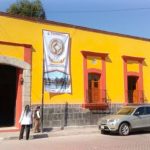
Cercano a 0.02 kms.

Cercano a 0.07 kms.

Cercano a 0.09 kms.

La forma más rápida y fácil de llegar a los canales...

Una colmena repleta de comercio, cultura y comida, es un lugar espectacular para almorzar y más.
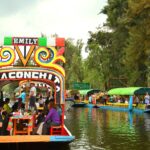
El embarcadero Cuemanco en el lago Xochimilco es uno de los más grandes y de mayor acceso público en Xochimilco.

Uno de los embarcaderos "ecológicos" más cercanos en Xochimilco, partirá hacia los canales más profundos y verdes.
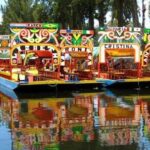
Dos de los embarcaderos más populares de Xochimilco, justo en el centro, también son de los de más fácil acceso.